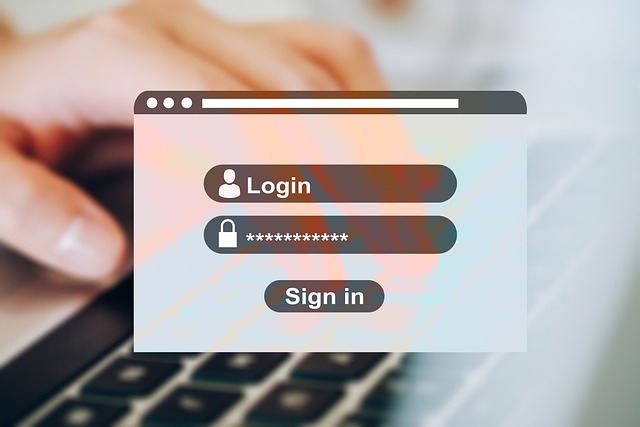As the world becomes increasingly digital, the need for secure and reliable identification and authentification services becomes even more crucial. One emerging solution to this problem is the use of distributed ID and authentification services, which leverage technologies such as e-mail and cellphones to provide users with a more decentralized and resilient approach to identity management. In this article, we will explore this concept in more detail, consider whether we are becoming too dependent on these types of companies, and what steps we can take to protect our identity in an increasingly interconnected world.
If you want to change your ID in the virtual internet world, you need to change your email adress and your cell phone/ SMS provider.

First, let's define what we mean by distributed ID and authentification services. At its core, this approach involves breaking down the traditional centralized model of identity management, in which a single entity such as a government or corporation is responsible for issuing and verifying identities. Instead, distributed ID systems rely on a network of trusted nodes, which work together to authentificate users and maintain a decentralized ledger of identity information. This allows for greater flexibility, resilience, privacy, as well as a more democratic approach to identity management.
One example of a distributed ID system is the use of e-mail addresses and cellphones as authentification factors. Many online services now offer the option to verify your identity using your e-mail or phone number, which can serve as a form of two-factor authentication. For example, when you log in to your Google account from a new device, you may be prompted to enter a verification code that was sent to your phone or e-mail address. This helps to ensure that only you can access your account, even if someone else has your password.
While this approach can be convenient and secure, it does raise questions about our reliance on these types of companies. After all, if you lose access to your e-mail or cellphone number, it can be very difficult to regain control of your accounts. This is particularly problematic given the increasing prevalence of cyber attacks, such as phishing and SIM swapping, which can compromise these authentication factors.
Best Practices for Protecting Your Online Accounts
- Use multiple authentication factors: Whenever possible, use more than one authentication factor to verify your identity. For example, you may choose to use both your e-mail and cellphone number, or a physical security key in addition to a password. This can help to prevent unauthorized access even if one factor is compromised.
- Keep your contact information up to date: Make sure that your e-mail and cellphone numbers are current and accurate, and that you have access to them at all times. Consider setting up backup contact methods in case your primary ones become unavailable.
- Be vigilant against phishing: Phishing attacks are a common tactic used by cyber criminals to steal passwords and other sensitive information. Be wary of unsolicited e-mails or text messages, and never click on links or download attachments from unknown sources.
- Use strong, unique passwords: Make sure that your passwords are difficult to guess, and avoid reusing the same password across multiple accounts. Consider using a password manager to generate and store strong passwords.
But what alternative back-up contact methods are out there?
In addition to email and phone, there are several other backup contact methods you can consider in case your primary ones become unavailable:
- Authentificator Apps: Authentificator apps are becoming increasingly popular as an additional layer of security. These apps generate one-time codes that you can use for two-factor authentification. Many popular services, such as Google, Microsoft, and Facebook, offer authentificator apps that you can download to your mobile device.
- Backup Email Address: Many online services allow you to provide a backup email address in case you lose access to your primary email account. This backup email address can be used to verify your identity and regain access to your account.
- Security Keys: Security keys are small physical devices that you can use for two-factor authentification. These devices connect to your computer or mobile device via USB or NFC, and provide an additional layer of security by requiring a physical key to authentificate.
- Trusted Contacts: Some services allow you to designate trusted contacts who can help you regain access to your account in case you lose your primary contact methods. These contacts can be friends or family members who you trust to verify your identity.
- Social Media Accounts: If you have a social media account that you use regularly, you can consider using it as a backup contact method. Many online services allow you to log in using your social media account, so having access to your social media account can help you regain access to these services.
By considering these alternative backup contact methods, you can ensure that you have a plan in place in case your primary contact methods become unavailable. It is always a good idea to have multiple backup options in case one fails, and to keep your contact information up to date to ensure that you can quickly and easily regain access to your accounts in case of an emergency.
For more tips on securing your data and authentication IDs, contact CollabPro ( support@collabpro.ca).
